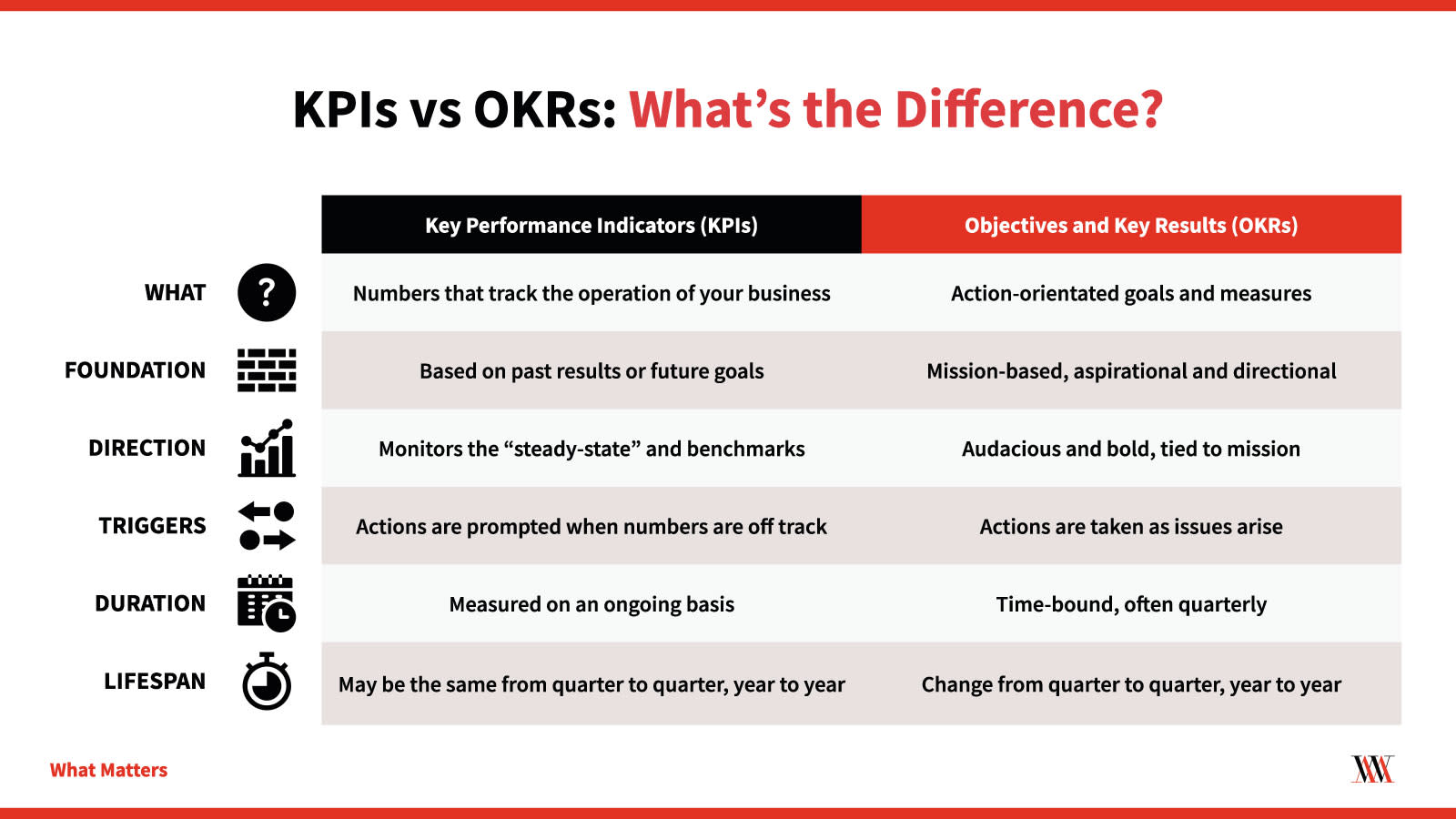Data measurement is getting trickier and more obtuse with each passing month. Our roles as digital marketers are getting more complex. As we try to sift through swaths of data in search of meaningful insights, we’re constantly trying to validate our efforts or glean insights for what we ought to try next.
Major tech companies like Apple and Google are cracking down on advertisers and website owners to restrict the depth of information they gather, thus making the waters murkier when it comes to assessing that data.
Especially in light of how hard it’s getting to interpret the data we’re allowed to gather, let’s take a look at which types of measurement and data you should focus on with your marketing.
Data Measurement Techniques: Striking a Balance
If you’re a marketing analyst, or frequently have your head buried in marketing data, you probably know how it is.
It’s sort of a “too much of a good thing can be bad” type of scenario. It’s a phenomenon that more and more data analysts are calling “data porn,” where there’s simply too much to look at and you end up drowning in a sea of info without actually gaining any meaningful insights.
So, instead, it’s prudent that you identify the core metrics that align with your business objectives. Whether it’s tracking traffic, conversions or revenue per channel, having a clear focus empowers you to make informed decisions that move the needle.
Don’t spread yourself too thin by trying to measure everything, but rather channel your efforts towards the metrics that truly matter.
Importance of Data Analysis: Moving Beyond Analysis Paralysis
Analysis paralysis is the dreaded trap that we as marketers must avoid at all costs.
This is where structured frameworks like Objectives and Key Results (OKRs) or Key Performance Indicators (KPIs) come to the rescue:

By setting clear and achievable objectives, you can prioritize the essential aspects of your business. Stay focused. Don’t measure everything just because you can.
The ultimate goal in narrowing your frame of view is actionable progress, not just activity.
You’ll accomplish more with your time if you focus on one or two key things that matter. And those things that matter ought to inform future decision while also validating the potency of your prior actions.
Learn More: The Only 4 Marketing/Content Marketing KPIs That Really Matter
Data Collection Methods: Understanding the Right Metrics
When it comes to social media marketing, trying to measure every single touchpoint can lead to frustration and wasted time.
And, to put it frankly, most social media metrics are spotty anyway. Social platforms are by no means perfect, and “collected data” is actually a pretty loose term with them when you think about it.
Take Facebook for example. The customer data you see on Facebook is actually getting more sporadic and less reliable than ever before with the advent of Apple’s latest IOS update placing stricter regulations on how consumer data is captured and disclosed:

This creates a problem of advertisers and advertising platforms, naturally.
Now, multiply this one scenario with every advertising platform and you’ll quickly learn that results get messy fast.
That’s why you have to take consumer data in today’s hyper-protective digital world in droves, making broader assumptions of your efforts on larger patterns of performance, not granular metrics associated with individual ads.
Start by measuring reach and leads, looking at them from the highest-level view possible (typically in your Google Analytics or equivalent tool).
Sure, measuring the ROI of individual posts might sound enticing, but it’s not always practical. Instead, concentrate on the metrics that directly contribute to your goals. Simplifying your data collection methods will not only save time but also provide more clarity on what truly moves the needle for your brand.
Data-Driven Decision Making: Identifying Opportunities for Growth
Picking one or two core metrics to go by can give you a solid focal point by which you can measure the health status of your marketing.
For instance, if you decide that you’re going to prioritize website traffic, but your traffic is declining month over month, it ought to be a leading factor that drives your next actions – which would be to course correct whatever you’re doing (or not doing) to bring the numbers back up.
On the flip side, if you’re focusing on conversions and they’re outperforming your expectations, take advantage of the situation and double down on whatever you’re doing to further maximize your conversion flow.
Any “gaps” you notice with other ancillary metrics are just distractions.
Don’t succumb to the temptation of balancing everything out. In other words, it’s okay to neglect one metric over another if the neglected metric isn’t one of your KPIs.
Now we’re not saying there can’t be utility in considering other metrics, but they shouldn’t consume all of your time and attention. They should only serve to inform you on how to improve the metrics that truly matter most.
This laser-sharp focus ensures that your efforts don’t go to waste. Instead, they yield the best possible results for your marketing endeavors.
Continually Measuring Data for Future Improvements
With various marketing teams handling different aspects of the business, it’s essential to navigate the process strategically. Allocating specific metrics to each team empowers them to take ownership and responsibility for their respective areas.
This tailored approach ensures that teams can focus on what truly matters, without getting bogged down in unnecessary data overload. When they focus on the metrics that matter most, they can channel their efforts toward driving meaningful improvements.
Remember, data measurement and analysis are not one-time endeavors. It’s an ongoing journey of discovery and optimization. As your business evolves, so should your metrics and objectives. Embrace a culture of adaptability and be open to refining your strategies based on fresh insights.
Maintaining a data-driven approach ensures your marketing efforts stay relevant and effective. As you gather new data and analyze trends, be proactive in identifying opportunities for growth and improvement.
The quest for the perfect measurement and data balance is a dynamic process that keeps your business ahead of the curve.
Last Thoughts on Measurement and Data
Finding the right balance between insightful measurement and data overload is crucial for business success. Embrace the core metrics that align with your goals, and avoid being overwhelmed by unnecessary data.
Keep your focus sharp with frameworks like OKRs or KPIs, and remember that progress is about meaningful results, not just pulling levers and hoping for the best.
You owe it to yourself to be leaner and more clever with your approach, ignoring all of the noise and dialing in on the data that points toward revenue growth.
If you’re ready to level up with data-driven marketing, Single Grain’s data and growth experts can help!👇
Repurposed from our Marketing School podcast.






